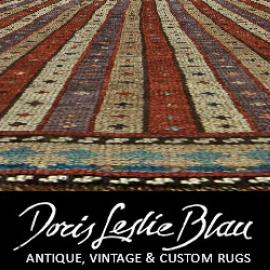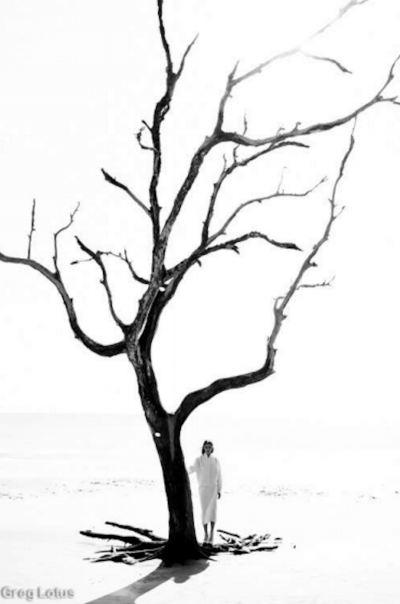Twin Farms, Barnard, Vermont

- Twin Farms is nestled among three hundred acres in the heart of the Green Mountains. The landscape is dotted with farms and the small hamlet of Barnard, population 958, boasts one of the oldest general stores in the northeast, founded in 1832. Local culture and entertainment abounds in surrounding areas.
In 1928, novelist Sinclair Lewis purchased a three-hundred-acre farm in Barnard, Vermont, as a wedding gift for his bride, foreign correspondent Dorothy Thompson. The property, Twin Farms, which was first cultivated in 1793, soon became the hub of the couple’s sophisticated circle, who included German war refugees, film producer Karl Zuckmayer and his Austrian actress wife, Alice Herndon. Alice’s memoir of life at Twin Farms, The Little Farm in the Green Mountains, was a postwar best seller in Europe.
Since 1993, Twin Farm has been a luxurious, all-inclusive resort owned by art collectors Sharon and Thurston Twig-Smith. Thurston bought Twin Farms in 1973 as a family retreat. When his family grew up, he listed it for sale. When it didn’t sell, he decided to open a bed-and-breakfast. “To say that he got carried away is putting it mildly,” says Sharon. “It’s gotten a 5-Star Forbes Award eighteen years in a row.”
The property’s romantic landscape of pond, wooded trails, and wildflower-strewn meadows embraces a nineteenth-century main house, “farmhouse,” and lodge with single rooms and suites, and ten spacious cottages, complemented indoors and out by art and antiques. Most of the interiors were decorated by the late Jed Johnson, whose clients included Andy Warhol and Barbara Streisand. Sharon credits Johnson for setting “the tone, with his wonderful sense of collecting furniture, antiques, and folk art from all over the world.”
Each cottage is architecturally unique. The Studio seems plucked from the Cotswolds. Inside the Pennsylvania-stone gothic cottage, however, it’s a contemporary loft—with an open floor plan, a wide expanse of glass wall, and a soaring ceiling. In the foyer, Saul Steinberg’s hand-colored lithograph and drawing Tango (two versions) depicts a man and woman dancing to radio music. Circuits; Pergusa III, a massive relief-printed etching and woodcut by Frank Stella commands the fireplace wall. Its exuberant, colorful forms are a foil for the bleached wood furniture. On the opposite wall hangs L.A. Eyeworks, Jim Dine’s etching, aquatint carborundum. A witty Roy Lichtenstein etching, Untitled, hangs on a small wall. David Hockney’s Image of Gregory, a lithograph/collage in a double frame designed by the artist, is at the foot of the stairs that lead to the sleeping loft.
By contrast, Perch Cottage resembles an elegant fishing lodge, its screened porch overlooking a stream and beaver pond. Antique fish decoys and an old fishmonger’s trade sign embellish the cream-colored walls above dark paneling. A watercolor landscape by William Wegman is among several of the artist’s works at the resort. Folk artist Edward Larsen made the painted wooden fish on the bathroom wall.
The public rooms in the main house are equally enlivened by great art, including Corpse and Mirror by Jasper Johns, playfully hung opposite Light Bulb, also by Johns. Upstairs, “Dorothy’s Room” has photographs by Berenice Abbot. “Red’s Room,” in homage to Sinclair “Red” Lewis, includes Ed Ruscha lithograph, Main Street, the title of one of the Nobel Prize winner’s novels. Period folk art, including painted signs and carvings, complements the public areas, cottages, and suites.
Twin Farms excels in pampering. After working out in the gym, skiing on the private slope, fishing, hiking, or relaxing in the warm Japanese pool and enjoying the spa, guests can stroll across the covered bridge to the main house for dinner at eight, tailored to guests’ preferences and enhanced with paired selections from among the 20,000-bottle wine cellar. The tradition of hospitality begun by Thompson and Lewis endures.
Shirley Moskow is a freelance writer specializing in art, leisure, and travel.




































